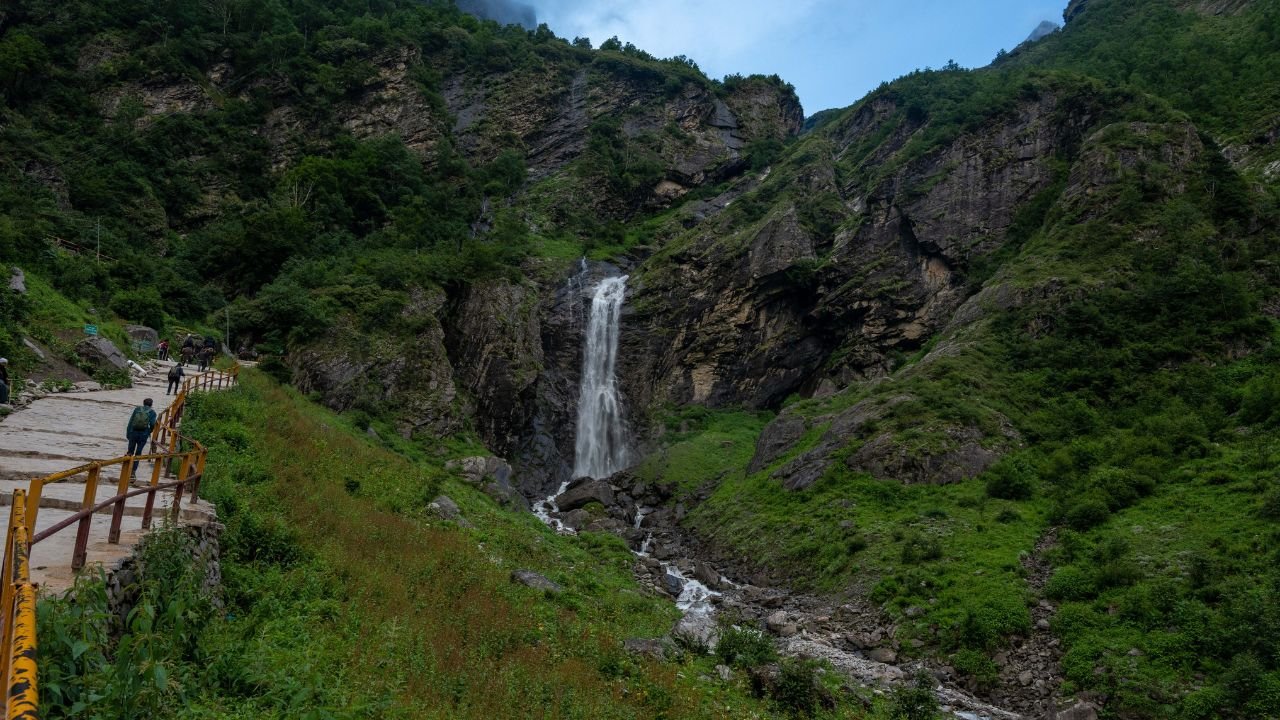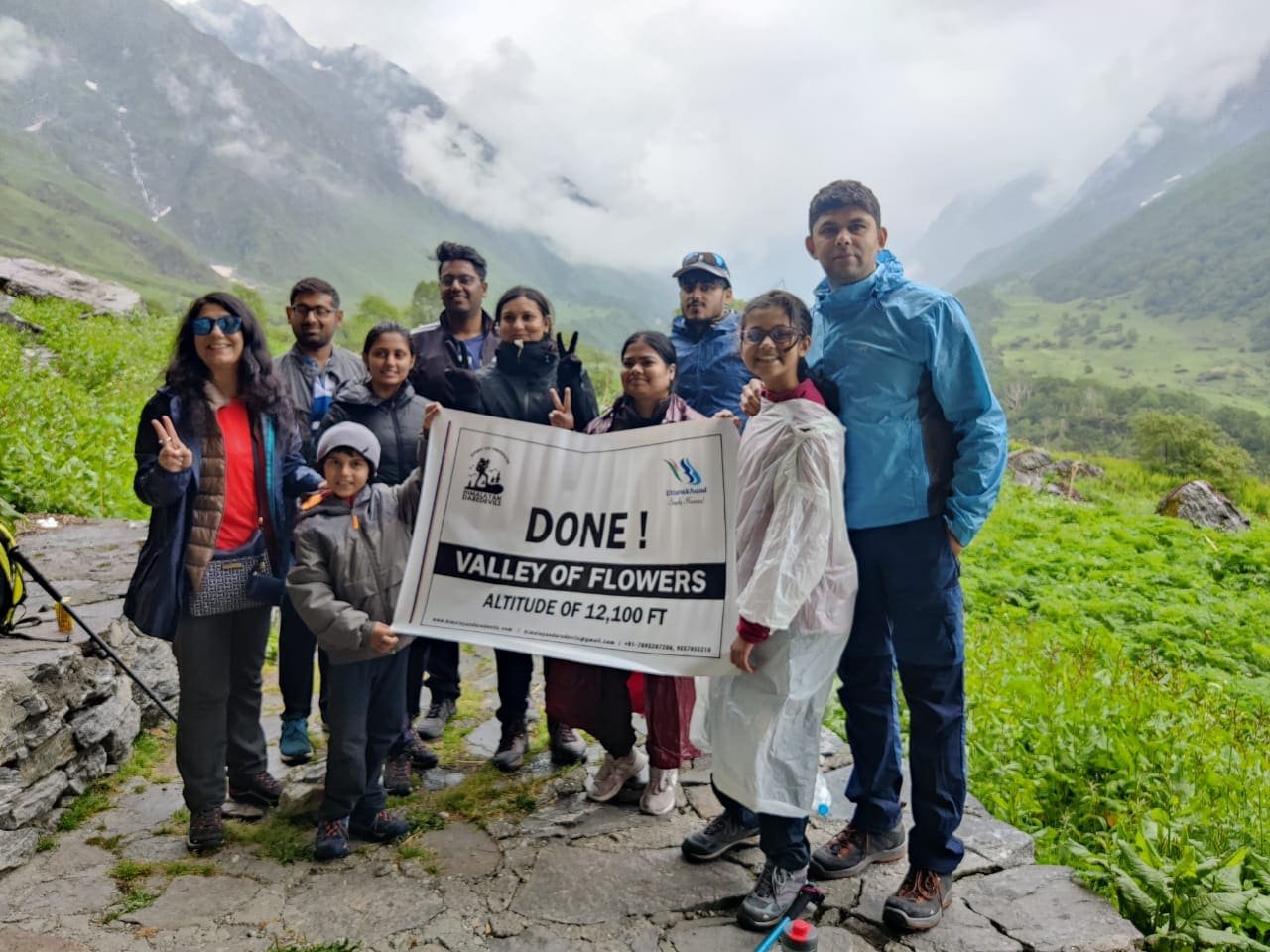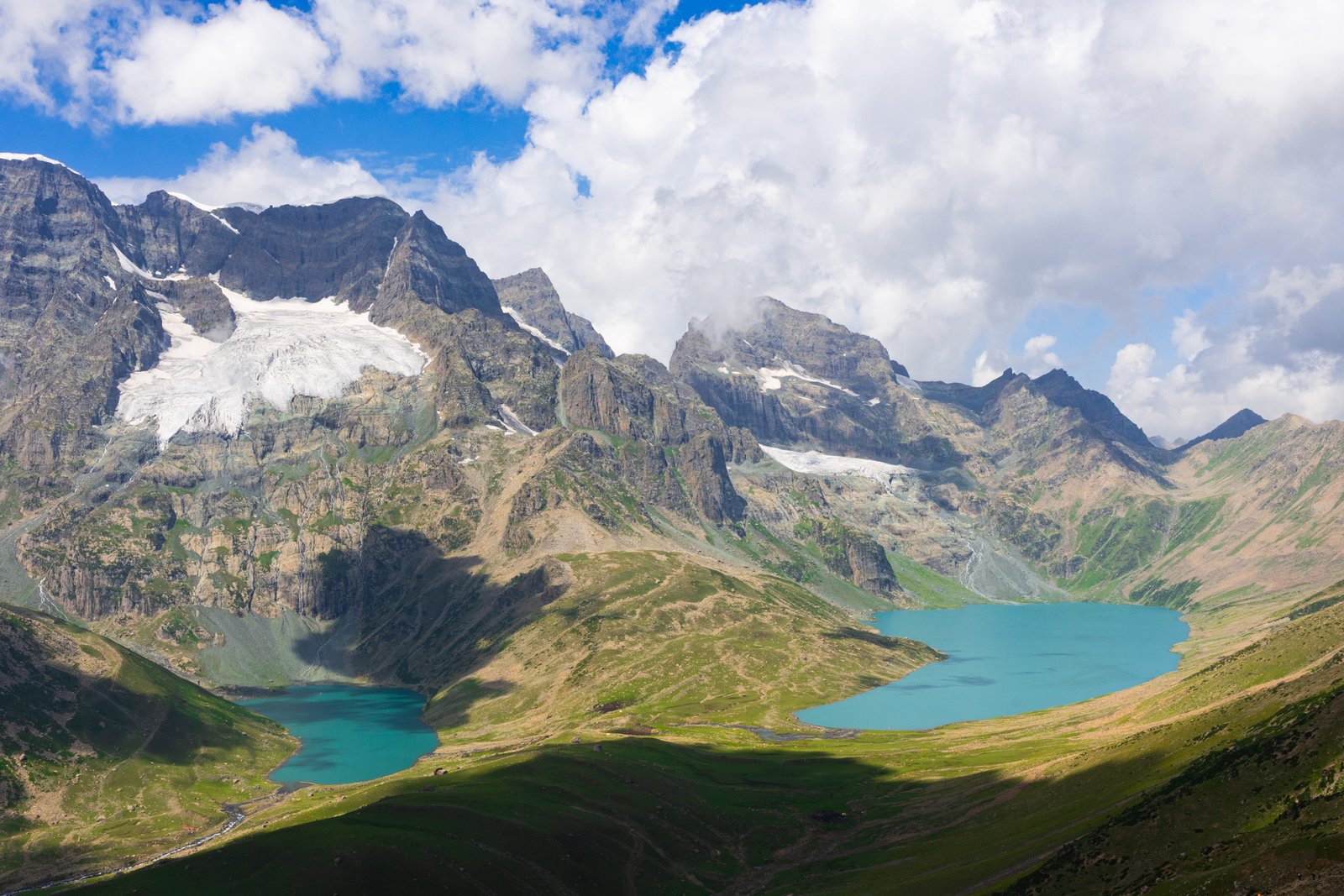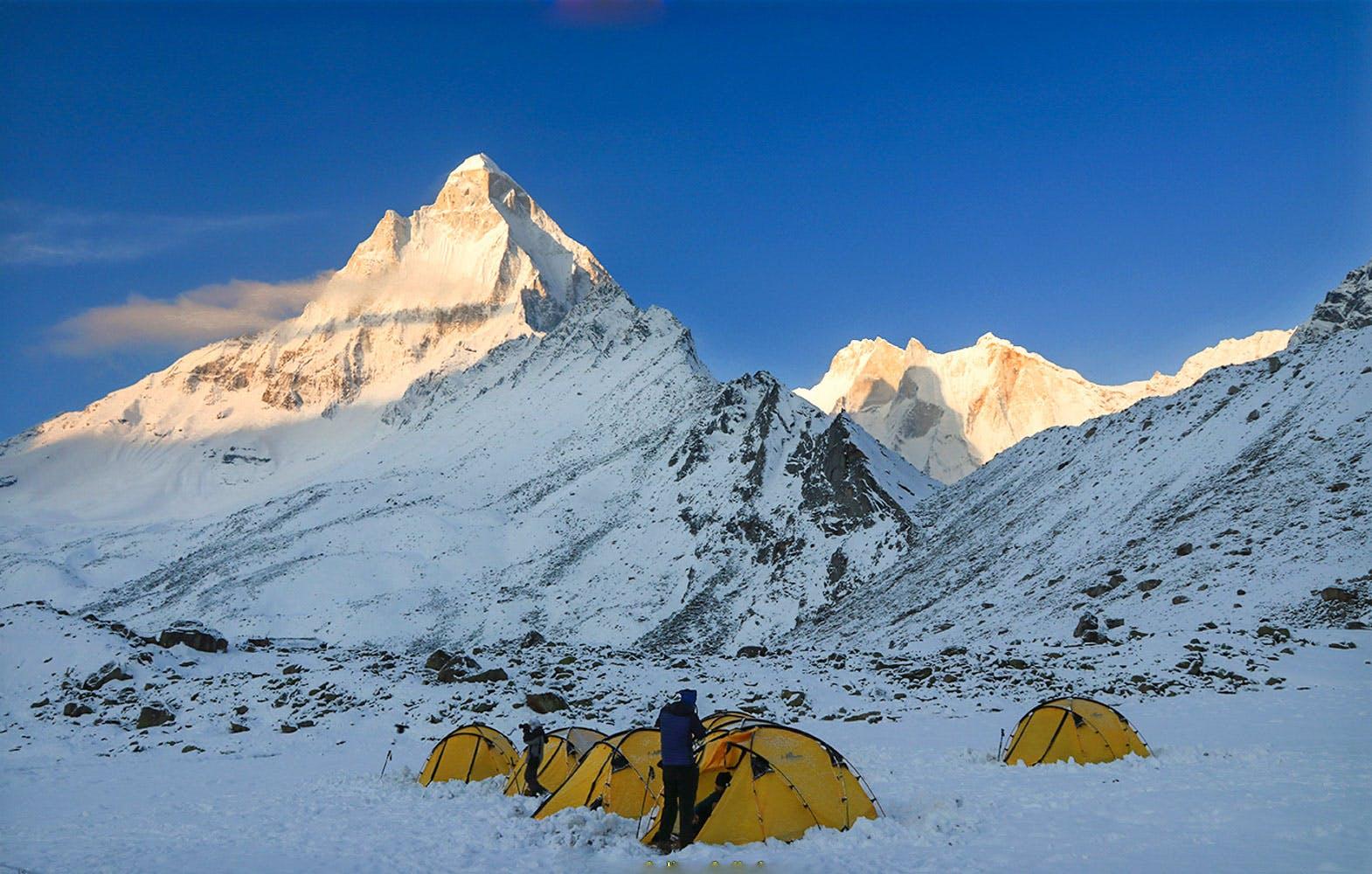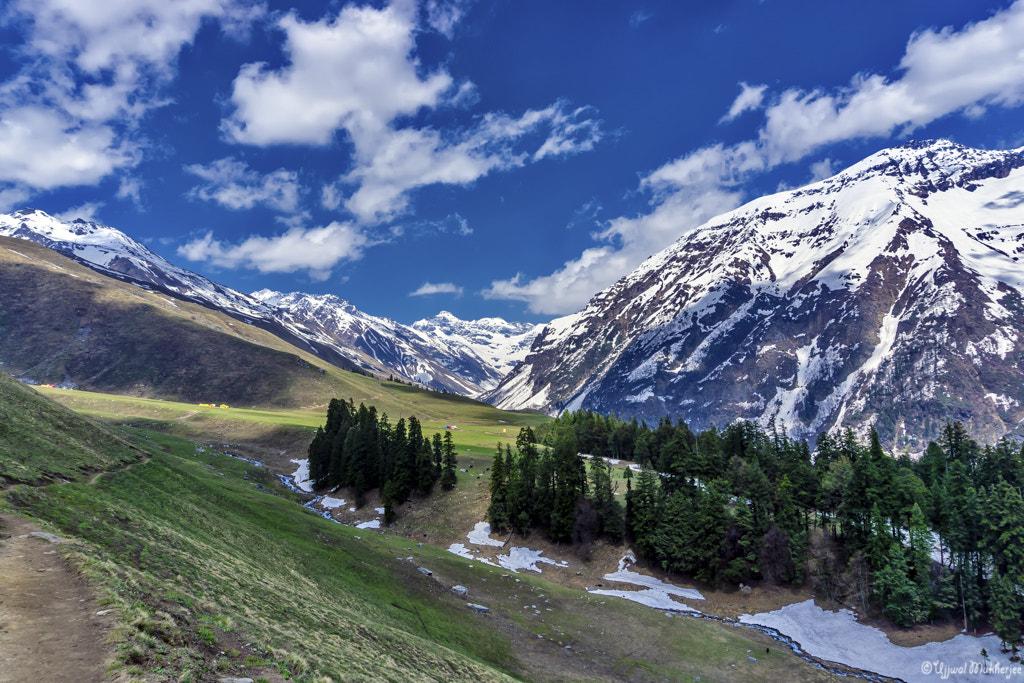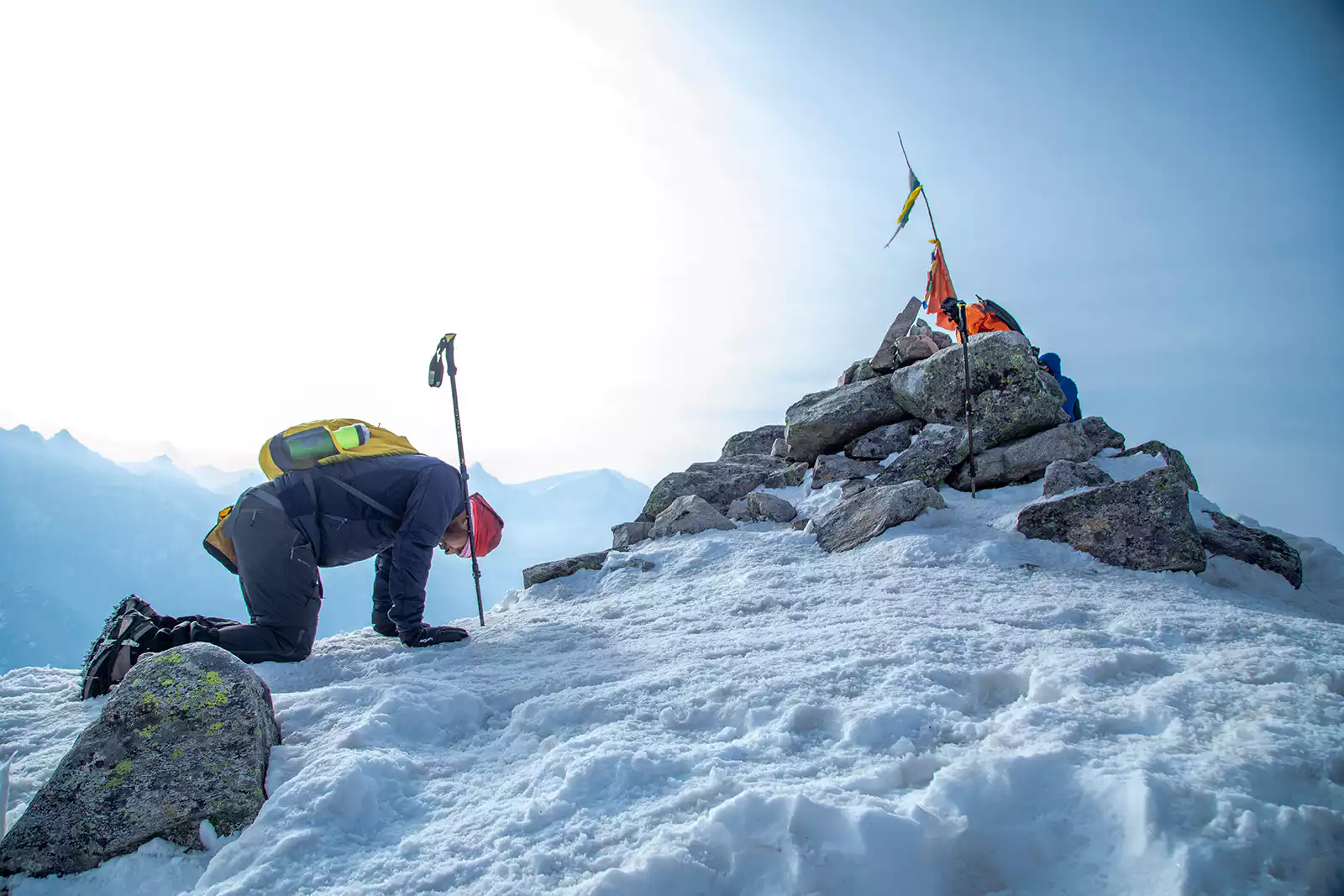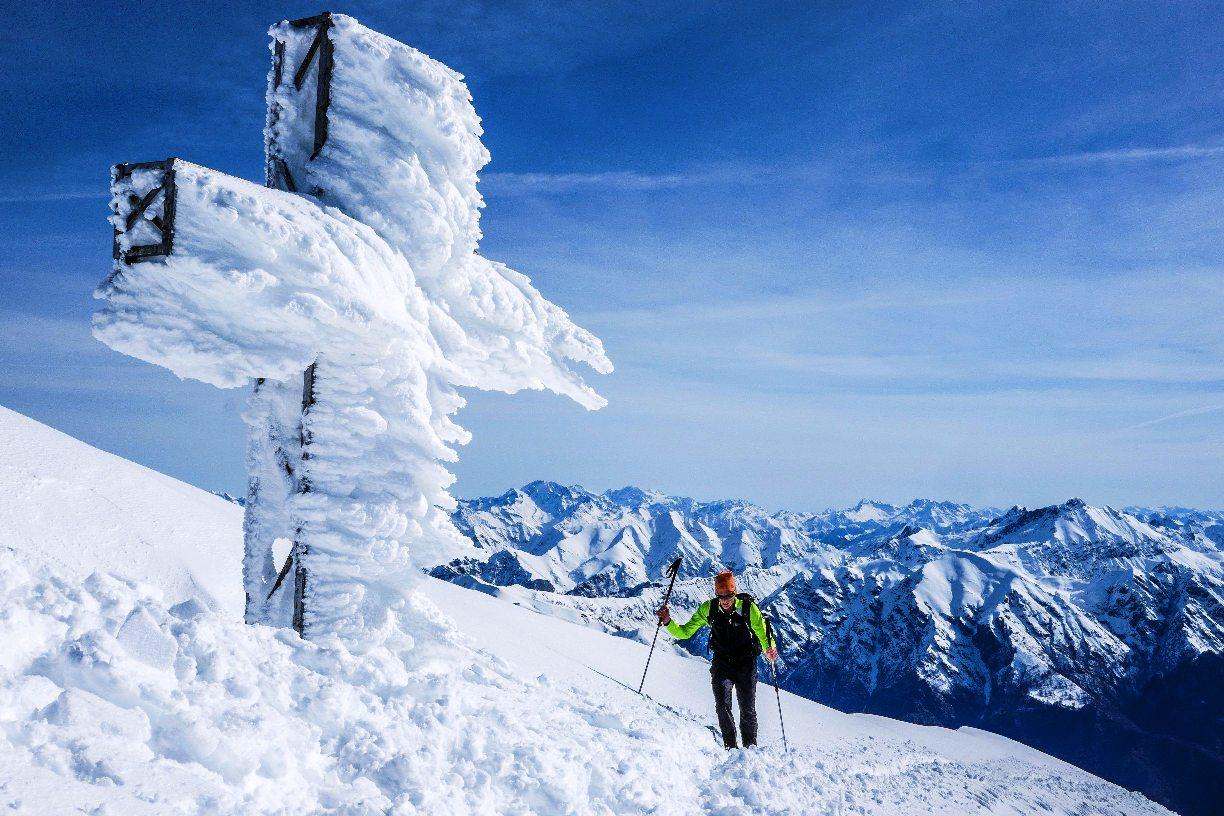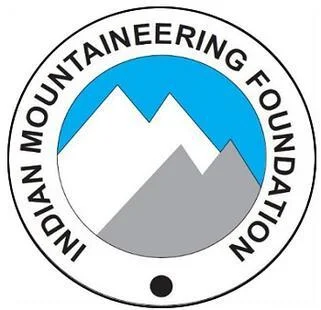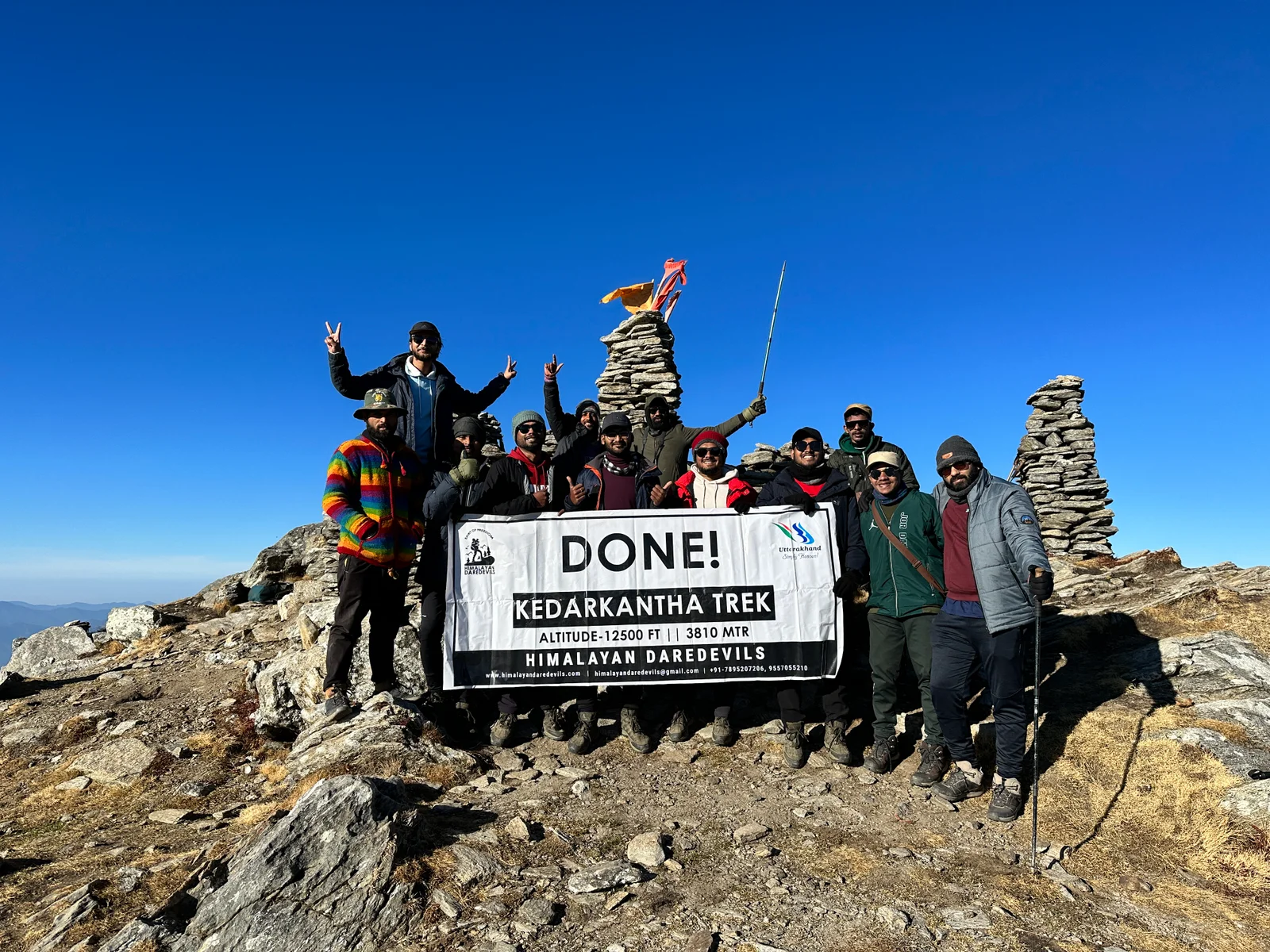29 July 2025
Trekking to the great outdoors is not just a fun activity—it is a way to come closer to the natural world and, for many, to understand the inner self. The remote trekking locations, untouched by human greed, reveal the true form of the world that we live in. In the vast wilderness, where there is nowhere to hide but to be face to face with the beauty and grandeur of lush green forests, glacial rivers, and vast, unending meadows, one experiences a euphoria that is rare to be found in the concrete jungles of the cities.
This outdoor adventure offers more than just an escape—it provides a deep wilderness experience that reconnects us with nature. This makes trekking not just an exciting hobby, but an essential activity that must always be approached with awareness and trekking safety in mind.
The Most Common Safety Mistakes Trekkers Make
Many outdoor enthusiasts, particularly beginners, make critical errors that can turn a memorable hiking adventure into a dangerous ordeal. To truly enjoy the journey and ensure a safe return, it’s important to be aware of the most common safety mistakes trekkers make.
Underestimating The Trail Difficulty
Factors like steep ascents, rocky paths, altitude, and weather conditions can quickly turn a casual hike into a strenuous challenge. What might look like an easy trek by description can turn into a difficult endeavour if one is not fully prepared for it. This leads to fatigue and injury and is bound to affect the overall experience of the trek. That is why one must wisely assess physical fitness and experience before attempting a trek.
Ignoring Weather Forecast
The weather in the mountains and remote wilderness can change rapidly. In a blink of an eye, the clear and crisp blue sky above you can turn dark with the black rain clouds. Ignoring weather updates or signs of change puts trekkers at serious risk of hypothermia, landslides, or flash floods. Always check forecasts and carry weather-appropriate gear such as raincoats, thermal layers, and waterproof bags.
Packing Improper Gear
In the dense wild forest or in vast barren snowfields there are no shops. If you forget your favorite tea cup or forgot to pack an extra pair of shorts you will have to spend the rest of the trek without these things. Improper packing can also lead to some serious risks for example; not carrying a proper pair of boots can put you in danger of a lot of injuries. So, always pack a basic hiking safety kit: first-aid supplies, navigation tools, extra clothing layers, energy bars, water purification tablets, and emergency blankets.
Skipping Acclimatization
On high-altitude treks, failing to acclimatize properly can result in Acute Mountain Sickness (AMS), which causes headaches, nausea, dizziness, and even life-threatening conditions like pulmonary or cerebral edema. Trekkers should ascend gradually, stay hydrated, avoid alcohol, and take rest days as needed to adjust to thinner air.
Not Staying Hydrated or Nourished
Dehydration and lack of proper nutrition affect your energy levels, concentration, and decision-making ability. Many trekkers forget to drink water in cold climates or skip meals due to fatigue. Always carry sufficient water and high-calorie snacks like nuts, energy bars, or dried fruits to maintain strength and stamina throughout your hike.
Trekking Without a Guide or Buddy
Solo trekking, especially in unfamiliar or difficult terrain, increases your vulnerability in case of emergencies. While solo treks may offer solitude and reflection, they should only be attempted by experienced trekkers with thorough planning. Beginners should always trek with a partner or hire a local guide who knows the trail and terrain.
What Can Go Wrong: Real Consequences
If one is not careful in the tough terrain of the remote Himalayas a lot of things can go wrong. Failing to take trekking safety seriously can lead to consequences that are not just inconvenient, but potentially life-threatening. Here’s what can actually go wrong when safety is overlooked:
Altitude Sickness Turning Fatal
Without proper acclimatization, trekkers at high elevations can suffer from Acute Mountain Sickness (AMS), which can escalate into High Altitude Pulmonary Edema (HAPE) or Cerebral Edema (HACE)—both of which can be fatal without immediate medical attention.
Getting Lost on Remote Trails
The treks in the Himalayas have poor network connectivity and roughly laid out trails making it very easy to lose your way if you are not following an experienced trek guide. In areas with poor network connectivity and limited foot traffic, rescue can be difficult and delayed, increasing the risk of exposure, starvation, or injury.
Injury with No Immediate Help
A twisted ankle, broken bone, or even a deep cut can become serious when you’re hours away from the nearest help. Even a headache can cause a lot of problems when you are deep in the wild Himalayas. Without proper gear, first-aid supplies, or a trekking buddy, even minor injuries can turn into survival scenarios.
Wildlife Encounters and Natural Hazards
While rare, encounters with wild animals like bears, snakes, or even aggressive monkeys can happen. Additionally, natural hazards like landslides, flash floods, or falling rocks can occur on certain trails, especially during monsoon or snowmelt seasons.
How to Build a Trekking Safety Plan
Creating a well-thought-out trekking safety plan is essential for any outdoor adventure, whether you're heading out for a day hike or a multi-day expedition. A good plan doesn’t just prevent mishaps—it can save lives. Here's how to build one step by step:
1. Research Your Trek Thoroughly
Before packing your bags for a trail, gather all necessary information about your chosen route.
Study trail maps, distance, elevation, difficulty, and weather patterns.
Read recent reviews or reports from fellow trekkers.
Check if permits, guides, or special permissions are required.
2. Assess Your Fitness and Experience Level
Choose a trek that matches your physical condition and experience. Overestimating your abilities can be dangerous.
Start with beginner-level treks and progress gradually.
If unsure, consult a trekking guide or join a group.
3. Pack the Right Gear
Invest in high-quality, weather-appropriate trekking gear. Pack light but smart.
Essentials include:
Sturdy trekking shoes
Layered clothing
First-aid kit
Navigation tools (map, compass, offline GPS)
Headlamp, power bank, water purification tablets
Emergency shelter and food supplies
4. Monitor Weather Conditions
Always check the local weather forecast leading up to and on the day of your trek.
Avoid trekking during storms, heavy rain, or snow.
Be prepared for sudden changes in weather, especially in mountainous areas.
5. Inform Someone About Your Itinerary
Never go trekking to remote places without letting someone know your plans.
Share your route, expected check-in points, and return time.
Provide the details of the trekking agency you are travelling with to your near and dear.
6. Prepare for Emergencies
Even short treks can turn unpredictable. Be ready to respond.
Carry a whistle, emergency contact info, and a fully charged phone with a local SIM or satellite device.
Know basic first aid and what to do in case of altitude sickness, injuries, or getting lost.
7. Consider Hiring a Guide
For unfamiliar or challenging treks, a local guide can provide invaluable support.
They know the terrain, risks, weather patterns, and emergency contacts.
Guides often improve both safety and cultural understanding.
Trusted companies like Himalayan Daredevils offer experienced guides who enhance the overall trekking experience.
Role of Guides, Teams, and Local Experts in Trekking Safety
Trekking may seem like a solo challenge, but behind every safe and successful journey is often a network of support. Local guides, trekking teams, and regional experts play a vital role in ensuring your safety, comfort, and cultural connection on the trail.
Here’s a quick overview of how each of them contributes to trekking safety:
Trekking opens the door to breathtaking landscapes, personal growth, and unforgettable adventures—but only when safety comes first. By staying prepared, aware, and respectful of nature’s unpredictability, you ensure that every step leads to a memorable and secure journey.
For those looking for a safe and enjoyable trek to the mountains – Himalayan Daredevils offers the guidance and local expertise that can make all the difference between a good trek and a great one.
